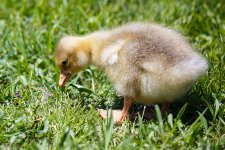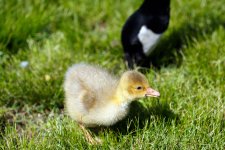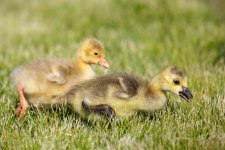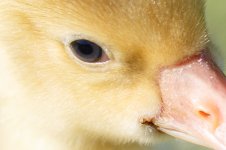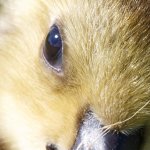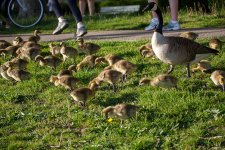So, can anyone tell me why this Canada gosling has a pink bill and feet? All its siblings had dark bills and feet. Taken this afternoon (May 27, 2013) by the Charles River in Cambridge, MA. I have a ton more from different angles if that will help.
Thanks!!
sb
Thanks!!
sb




